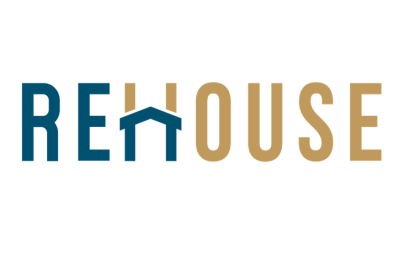
Guarding against energy leaks in freezing weather
Guarding against energy leaks in freezing weather
People need dwellings where they can stay comfortable and healthy, and the planet needs us to rely less on fossil fuels as a matter of survival. Fortunately, building performance professionals are using a variety of strategies to seal buildings against the elements.
People living in colder climates depend on their heating systems when fall and winter arrive. As freezing temperatures test the electrical grids, millions of Northern residents crank the heater to stay warm. Heavy snow and ice also challenge architects when designing homes and buildings.
How can construction professionals prevent energy leaks in buildings?
Holes in the roof are one of the primary contributors to energy leaks in the winter. These openings could be there for many reasons, but they let warm air escape and cold air enter the house. The heater has to work harder, increasing energy bills for a less-efficient home.
Chimneys are a typical culprit for energy leaks coming from the roof. These structures can be useful for heating a house but can also lead to inefficiencies. Checking the flue is one way to ensure the chimney doesn’t become a liability. Closing this duct when the chimney is idle is essential for keeping heat inside. A quality fireplace ash door can be helpful.
Solar panels are an effective way to make a home more sustainable with renewable energy. However, one downside is the installation could lead to holes in the roof. If this happens, constructors should be proactive and seal the gaps around the panels once the installation is complete. The holes are typically tiny and don’t negatively impact the roof’s structural integrity, but they can lead to energy leaks in freezing weather.

